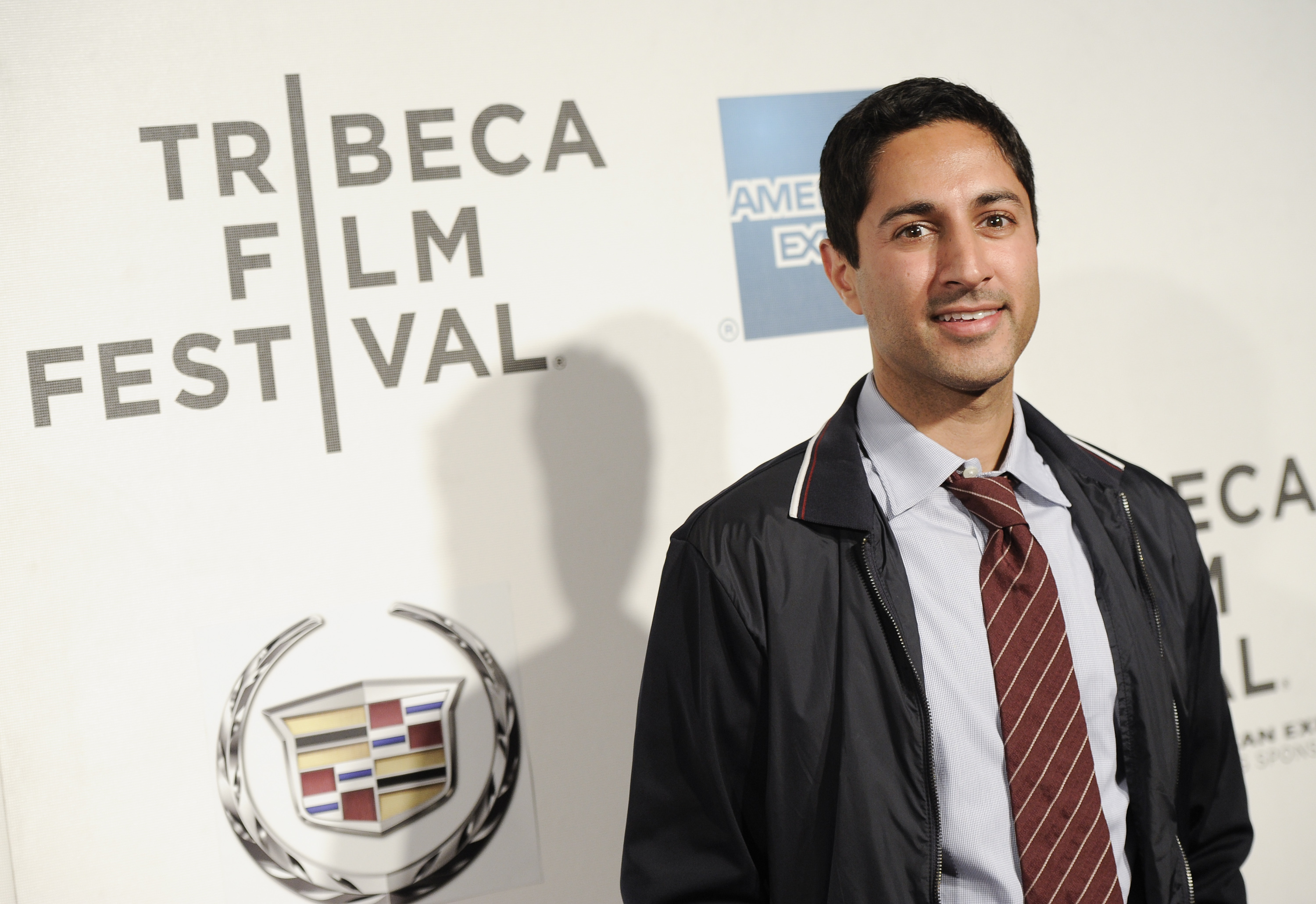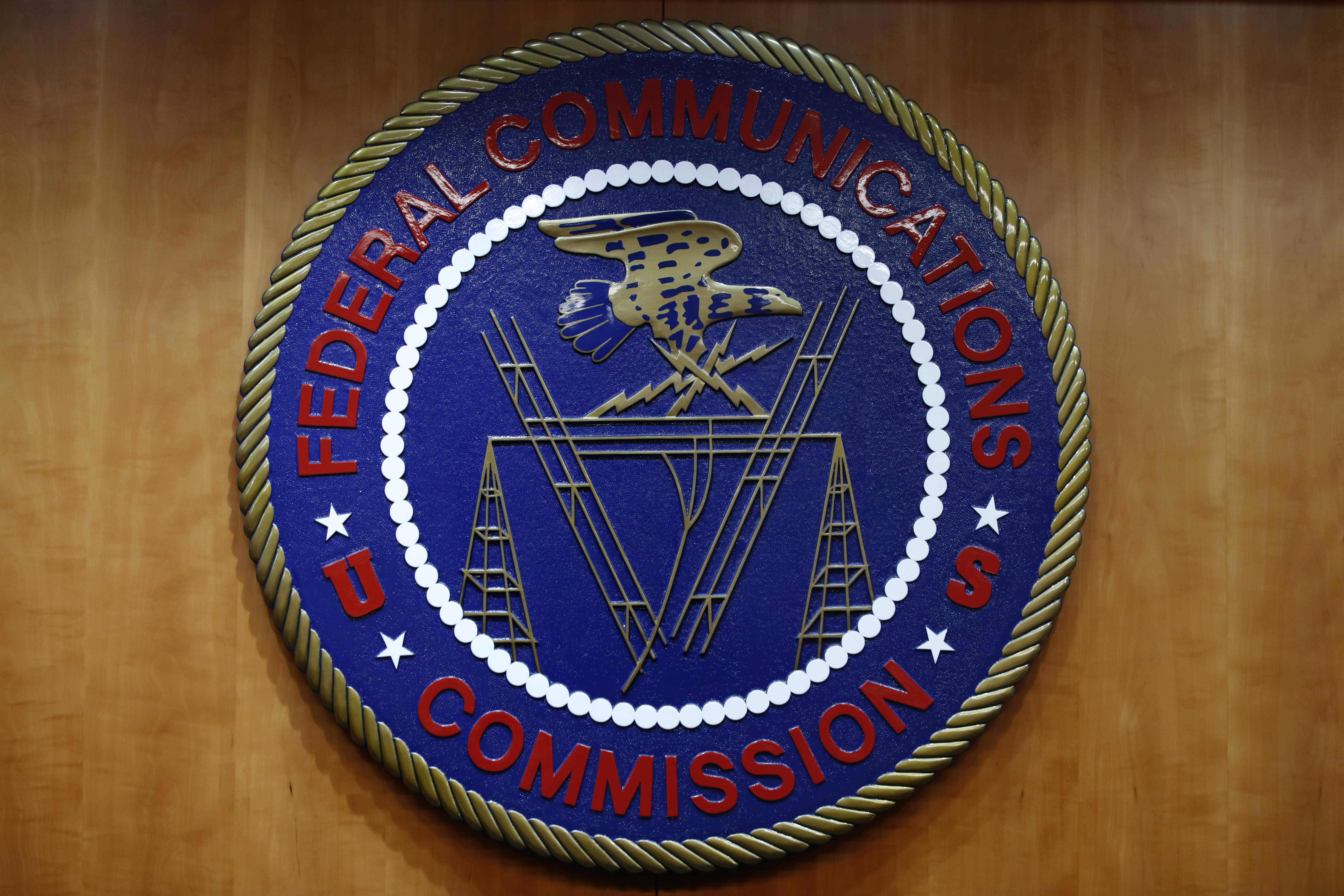As a gigantic wildfire in and around Yosemite National Park entered its fourth week Saturday, environmental scientists moved in to begin assessing the damage and protecting habitat and waterways before the fall rainy season.
Members of the federal Burned Area Emergency Response team were hiking the rugged Sierra Nevada terrain even as thousands of firefighters still were battling the blaze, now the third-largest wildfire in modern California history.
Federal officials have amassed a team of 50 scientists, more than twice what is usually deployed to assess wildfire damage. With so many people assigned to the job, they hope to have a preliminary report ready in two weeks so remediation can start before the first storms, Alex Janicki, the Stanislaus National Forest BAER response coordinator, said.
Team members are working to identify areas at the highest risk for erosion into streams, the Tuolumne River and the Hetch Hetchy Reservoir, San Francisco's famously pure water supply. The wildfire started in the Stanislaus National Forest on Aug. 17 when a hunter's illegal fire swept out of control and has burned 394 square miles of timber, meadows and sensitive wildlife habitat.
It has cost more than $89 million to fight, and officials say it will cost tens of millions of dollars more to repair the environmental damage alone. About 5 square miles of the burned area is in the watershed of the municipal reservoir serving 2.8 million people - the only one in a national park.
``That's 5 square miles of watershed with very steep slopes,'' Janicki said ``We are going to need some engineering to protect them.''
So far the water remains clear despite falling ash, and the city water utility has a six month supply in reservoirs closer to the Bay Area.
U.S. & World
Stories that affect your life across the U.S. and around the world.
The BAER team will be made up of hydrologists, botanists, archaeologists, biologists, geologists and soil scientists from the U.S. Forest Service, Yosemite National Park, the Natural Resource Conservation and the U.S. Geological Survey. The team also will look at potential for erosion and mudslides across the burn area, assess what's in the path and determine what most needs protecting.
``We're looking to evaluate what the potential is for flooding across the burned area,'' said Alan Gallegos, a team member and geologist with the Sierra National Forest. ``We evaluate the potential for hazard and look at what's at risk -- life, property, cultural resources, species habitat.
Then we come up with a list of treatments.'' In key areas with a high potential for erosion ecologists can dig ditches to divert water, plant native trees and grasses, and spray costly hydro-mulch across steep canyon walls in the most critical places. Fire officials still have not released the name of the hunter responsible for starting the blaze. On Friday Kent Delbon, the lead investigator, would not characterize what kind of fire the hunter had set or how they had identified the suspect.
``I can say some really good detective work out there made this thing happen,'' he told the Associated Press. Delbon said the Forest Service announced the cause of the fire before being able to release details in order to end rumors started by a local fire chief that the blaze ignited in an illegal marijuana garden.
As of Saturday night, the fire is 80 percent contained, and 11 homes have been destroyed as a result of the fire.



